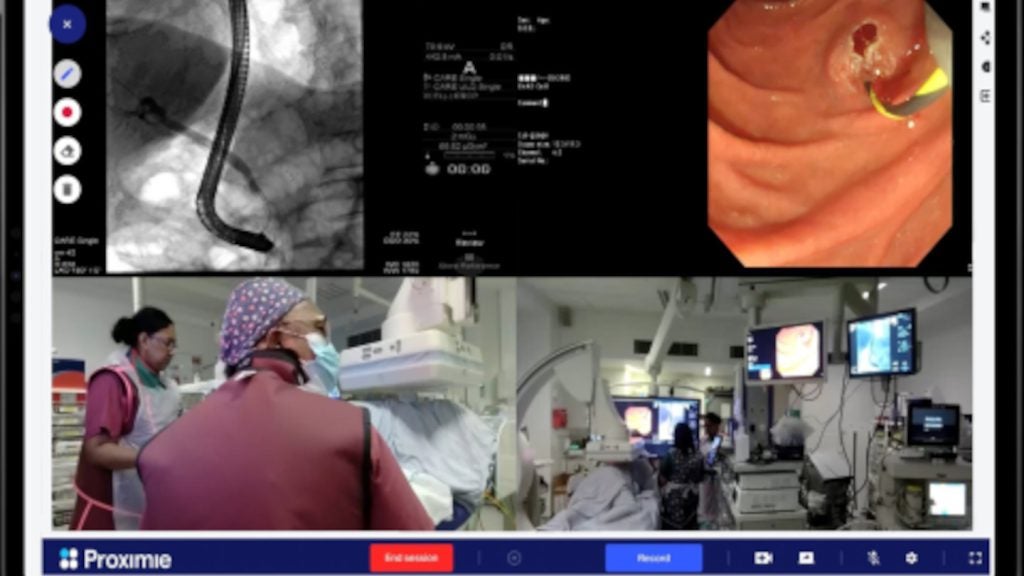There are a number of challenges for rehabilitation in the US healthcare system as well as healthcare systems around the world. One of these is that rehabilitation, in general, has lacked a standardised terminology that facilitates clear documentation and the justification of ser vices.
Clinically, rehabilitation science has struggled until recently to identify appropriate candidates for rehabilitation, and match these individuals with the correct treatment at the right ‘dosage’ (frequency, intensity and duration of intervention).
Furthermore, the ability to identify best practice has only begun to move beyond a limited number of precise assessment tools to measure outcomes in the last decade, hindering any systematic efforts to decrease unwarranted variations in practice and provide patients with the best possible care in the most efficient manner.
A decade ago the American Physical Therapy Association (APTA) embarked on a programme to develop the tools and technology to respond to the challenges posed for rehabilitation and to meet these needs for physical therapists.
Specifically, the APTA has completed a series of projects to assist the processes of patient examination and clinical decision-making.
IMPAIRMENT GUIDE
How well do you really know your competitors?
Access the most comprehensive Company Profiles on the market, powered by GlobalData. Save hours of research. Gain competitive edge.

Thank you!
Your download email will arrive shortly
Not ready to buy yet? Download a free sample
We are confident about the unique quality of our Company Profiles. However, we want you to make the most beneficial decision for your business, so we offer a free sample that you can download by submitting the below form
By GlobalDataThe first step of standardising terminology led to the publication of the Guide to Physical Therapist Practice in 1995, followed by a second edition in 2000. The guide established a model of patient / client management for 32 clusters of impairments that can be addressed through physical therapy interventions. The clusters which represent comprehensive descriptions of specific patient groups also form a rudimentary taxonomy for the diagnostic classification in physical therapy.
The second edition greatly expanded its text to more fully describe current physical therapist practice, but more importantly, in a CD-ROM version, contained the Catalogue of Tests of Measures. The catalogue provides a brief description of over 600 tests and measures pertinent to physical therapist examination and quantification of outcomes, and a listing of all peer-reviewed literature documenting the validity and reliability of a test or measure.
ONLINE DATABASE
As part of its commitment to improving the scientific foundations of the rehabilitation profession in the realm of intervention, APTA has implemented Hooked on Evidence, an online database of the literature on treatment effectiveness. With the cooperation of over 200 groups of APTA members, including students, over 2500 extracts have been compiled.
Participants enter the required data for each element of a structured extraction online. Articles chosen for extraction must have been published in a peer-reviewed journal. They are categorised by condition (low back pain, for example), the intervention for that condition (such as therapeutic exercise) and the specific kind of outcome studied (such as a return to work).
The database is not limited to clinical trials, but allows for all forms of peer-reviewed research reports, from case studies all the way to randomised controlled trials. When appropriate to the design of the study, effect size is calculated from a study’s findings using a statistical algorithm (Hedge’s g) embedded within the Hooked programming. Effect size is then displayed graphically for the reader.
The Hooked database can be searched in two ways. The first way uses a standard Boolean search functionality based on keyword, author and title. However, beginning in 2006, Hooked will allow the end user to search extracts by selecting prototypical patient scenarios developed by teams of clinical experts for six prevalent conditions.
The Hooked extracts are in the process of being linked to these scenarios, so that when the user finds the scenario that most nearly matches an actual patient presentation, the literature that supports the use of various alternatives for intervention to achieve particular outcomes for that kind of patient can be accessed.
OUTCOME INSTRUMENTS
Since the publication of the guide, the APTA has also developed, psychometrically tested and published two outcome instruments. The first was designed to measure patient satisfaction. The second instrument, called OPTIMAL, explores the performance of 21 actions or movements (such as reaching, turning, lifting, carrying, sitting and walking) using a structured self-report questionnaire.
Patients rate their performance of each action or movement along two dimensions: difficulty and confidence, sometimes known as self-efficacy. The OPTIMAL instrument is based on the clinical perception that the most proximate outcomes of physical therapy are therapeutically mediated through the changes that a therapist is able to produce in movement.
Based on the assumption that actions or movements are the deepest substratum underlying function, changes in the ability to per form these movements should alter the ability to per form the tasks and activities that comprise physical function.
PATIENT RECORD SYSTEM
Two years ago, the APTA set out to create an electronic patient record system that would lead to the establishment of a robust national outcomes database based on information from both patients and therapists. APTA Connect, which will be launched in spring 2006, was developed by the APTA in partnership with Cedaron Medical of Davis, California, as a comprehensive clinical documentation system on the unique platform of a database.
Data are entered into the electronic record as the physical therapist moves through the patient examination to develop goals and the plan of care, primarily using standardised drop-down menus and pick lists with all data recorded in specific fields.
Therapists may also choose from over 20 standardised assessment instruments contained in the software, in addition to the more traditional clinical measures of physical therapist practice. Details of intervention at each patient visit and the achievement of specific outcomes are similarly captured and stored in the database in real time.
INTEGRATED PACKAGE
Because APTA Connect follows the flow of patient care, its links to the Guide to Physical Therapist Practice, the Catalogue of Tests and Measures and the Hooked on Evidence database allow easy integration of the scientific basis for practice into clinical care.
The fact that the clinical record is structured as a database allows for unique opportunities for each therapist and each clinic to analyse outcomes directly with the analytic tools that are provided within the product or to apply more robust statistical packages to the data.
Taken in their entirety, the APTA has developed a number of technologies for physical therapists to conduct all aspects of patient care on the firmest scientific footing, which can only lead to better outcomes for the patient and a more efficient use of resources within the healthcare system.







